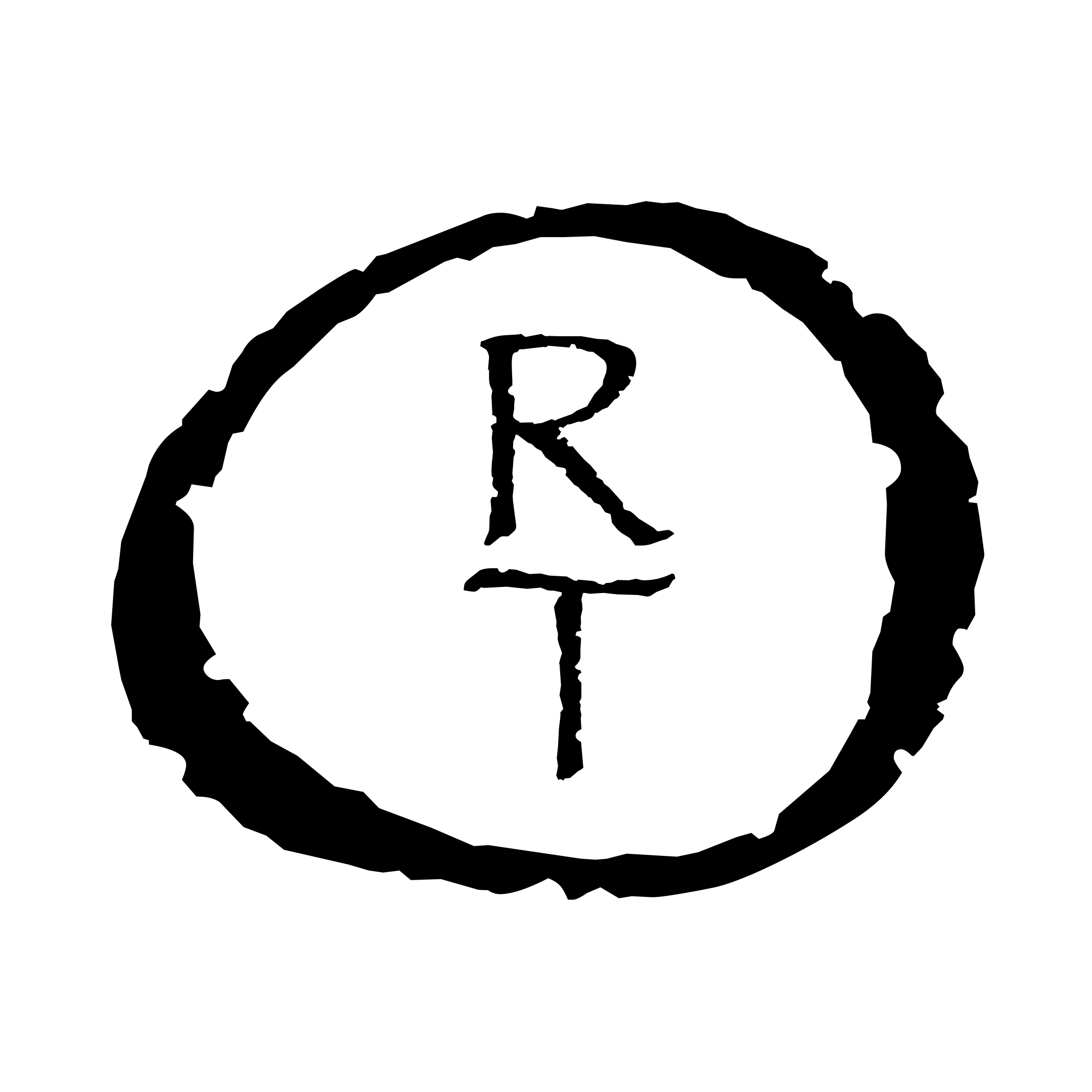Artist Statement:
My sculptures are made by working intuitively with my material to convey a heightened sense of balance and tension within each piece. I usually have a general idea of what I am looking for in each sculpture, and frequently sketch out my thoughts; but I also tend to work quickly, making deliberate decisions based on the movement and physical response from the clay. After abstracting the zoomorphic or human elements, my works begin to suggest plants, animals, parts of the body, or figures. Through atmospheric firings, I achieve a range of colors that are fitting for my forms.
The results achieved from the wood firing process are unpredictable, but you can encourage certain things to happen based on how it is stacked in the kiln, or with the use of slips, glazes, or wadding. The relatively unpredictable nature of wood firing, combined with the flow of air, fire, and ash is a great complement to my work. The variety of colors and surface textures achieved in the process accentuate the sculptural and tactile qualities of my forms.
My most recent Eternal Dog series originated as a way of working through the grieving process of the death of my late dog, Ella. By creating a playful likeness of her, I found I was able to somewhat lessen the pain of her passing. From Ella’s absence, and now, with the addition of my two beagles, Molly and Simone, my work has taken on new form.
Biography:
As a native of Kingsport, Tennessee, a relatively small town just above and to the right of the Great Smoky Mountains, I grew up being attracted to the natural world around me. Whether it’s Tennessee’s rolling hills, mountains, lakes, or rivers, I was always out exploring in my own way. I have always had a great deal of interest in art and music, even at an early age, and considers myself lucky to have attended great schools and universities for nourishing my love and desire to make art. In high school, I took every art class that was offered, including two ceramics courses, which became the foundation for the artist that I have become.
After high school, I received my Bachelor of Arts with a major in studio art and concentration in ceramics, and minor in music at Ferrum College in 2011. In 2014 I received my Master of Fine Arts degree in ceramics from Kent State University, where I studied under the direction of the late Kirk Mangus, and his partner, Eva Kwong. Working in the studio and firing the anagama, affectionately known as the “Kirkagama”, at Kent State, was a formative time in my life. During this time, I also began working with an Emeritus Sculpture faculty member at Kent State, Brinsley Tyrrell. In the summer of 2012, Brinsley Tyrrell and Megan Tuttle built a modified manabigama wood kiln on Brinsley’s property, just outside of Kent, OH. I came along in the fall of 2012 as a graduate student to experience my first wood firing, where I would eventually build close friendships with the ever-growing crew. We fired the kiln around thirty-three times over the course of four years, and ultimately had to tear down and rebuild. I assisted with the building of Brinsley’s second kiln, which was based on the same design, but longer, and with a salt and/or soda chamber. I was a regular presence at these firings until around 2021, when I relocated to North Carolina.
In the summer of 2021, I left my position at a ceramic supply shop in Ohio to take on the role of managing the ceramic supply shop at Starworks, a non-profit arts center, in Star, North Carolina. Since coming to Star, I have led several firings of the Starworks noborigama, and have assisted in numerous firings of various wood kilns throughout the Seagrove area. In the fall of 2024, I coordinated Starworks’ first annual Empty Bowls charitable fundraiser, with all proceeds going to CERF+ with the designation for Western North Carolina artists. In 2025, I became a recipient of an artist support grant through the generosity of the North Carolina Arts Council and The Arts Council of Greater Greensboro. With this funding, I will be creating larger than life size works from my Eternal Dog series, and firing them in the noborigama at Starworks.

